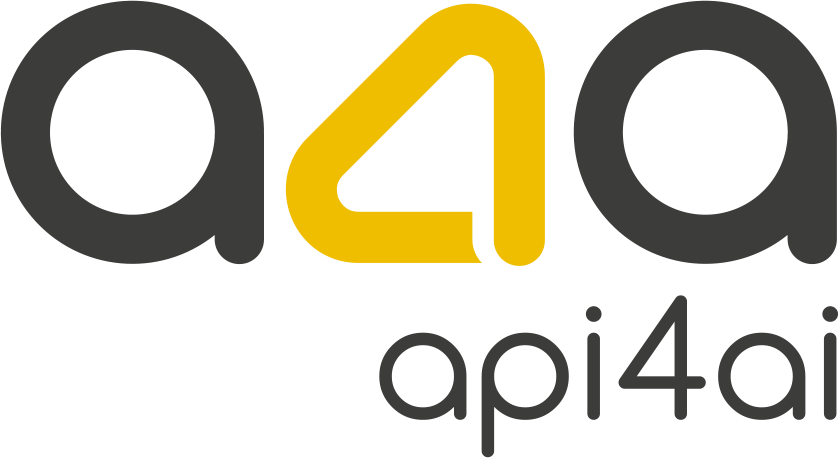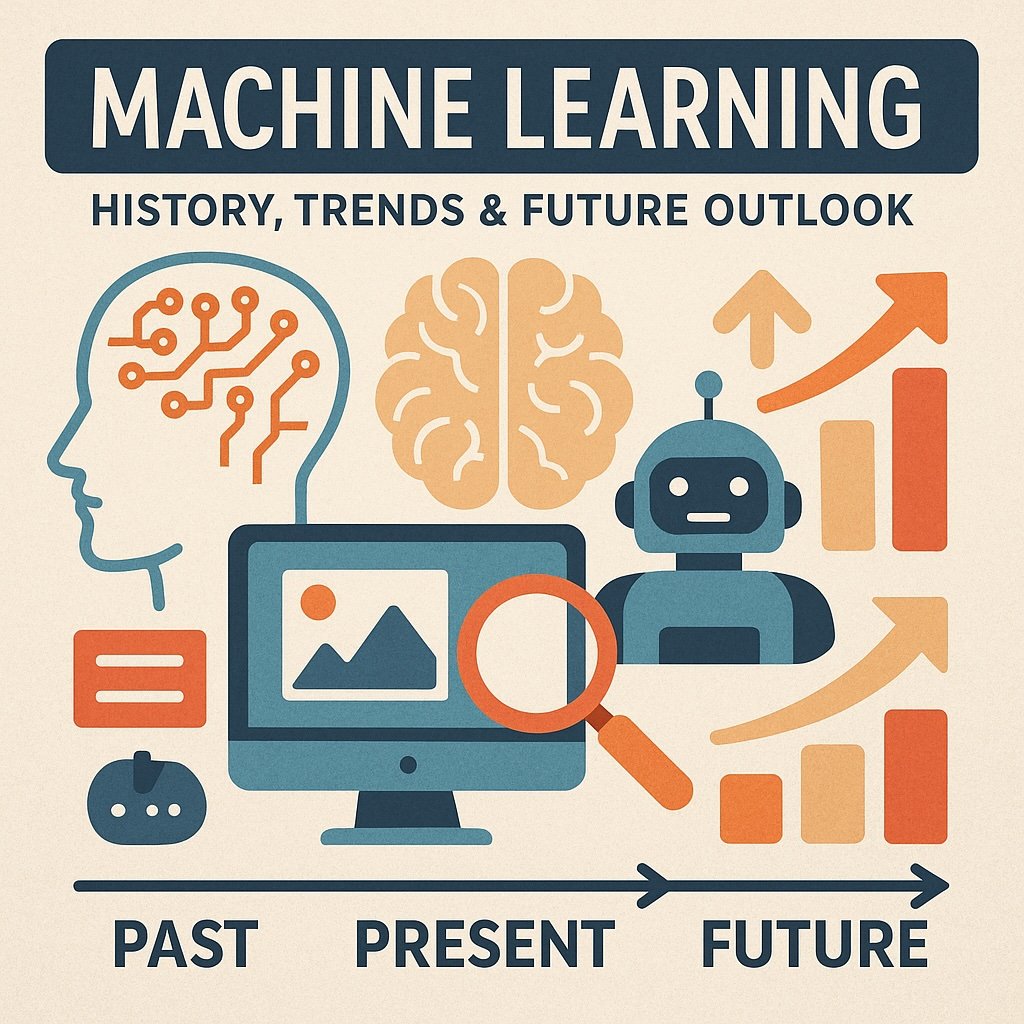
Machine Learning: History, Trends & Future Outlook
Machine learning has transformed from a niche academic field into a practical tool that powers everyday technologies — especially in image processing. From OCR and object detection to face recognition and visual content moderation, ML-driven vision APIs are helping businesses streamline operations, enhance user experiences, and meet regulatory demands. This blog post explores the history of machine learning, key trends shaping 2025, and how companies can strategically use pre-built APIs or invest in custom solutions to stay ahead. Whether you're just starting or scaling your AI capabilities, understanding this evolving landscape is key to making smarter decisions.
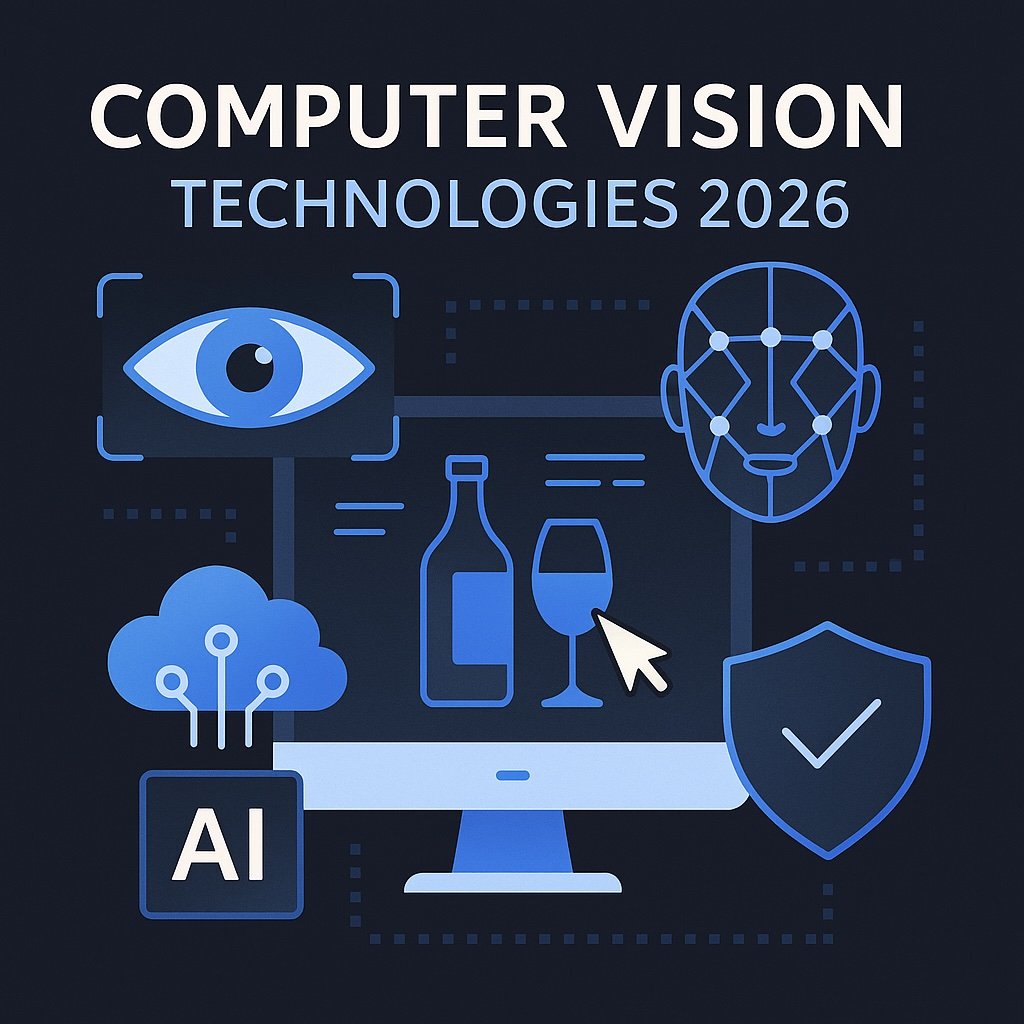
Computer Vision Technologies 2026: What to Expect
Computer vision is evolving faster than ever — reshaping how businesses interact with the visual world. From smarter retail displays and automated quality control to privacy-first AI and powerful image-to-text models, this year marks a turning point in how machines “see” and respond. In this post, we explore the top trends driving this shift, how industries are putting vision AI to work, and why combining ready-to-use APIs with custom development is the key to long-term success. Whether you're launching a new product or optimizing operations, understanding the future of computer vision starts here.

Photo-First Claims: 40 % Lower Handling Costs
Photo-first claims are transforming insurance — from multi-day paperwork and manual inspections to instant, AI-powered damage assessments. By using images captured on a smartphone and analyzing them with computer vision, insurers can cut claim handling costs by up to 40%, reduce fraud, and settle in hours instead of days. This blog post explores the step-by-step workflow, the key technologies behind it, and how insurers can begin their own journey toward faster, smarter, and more customer-friendly claims processing.
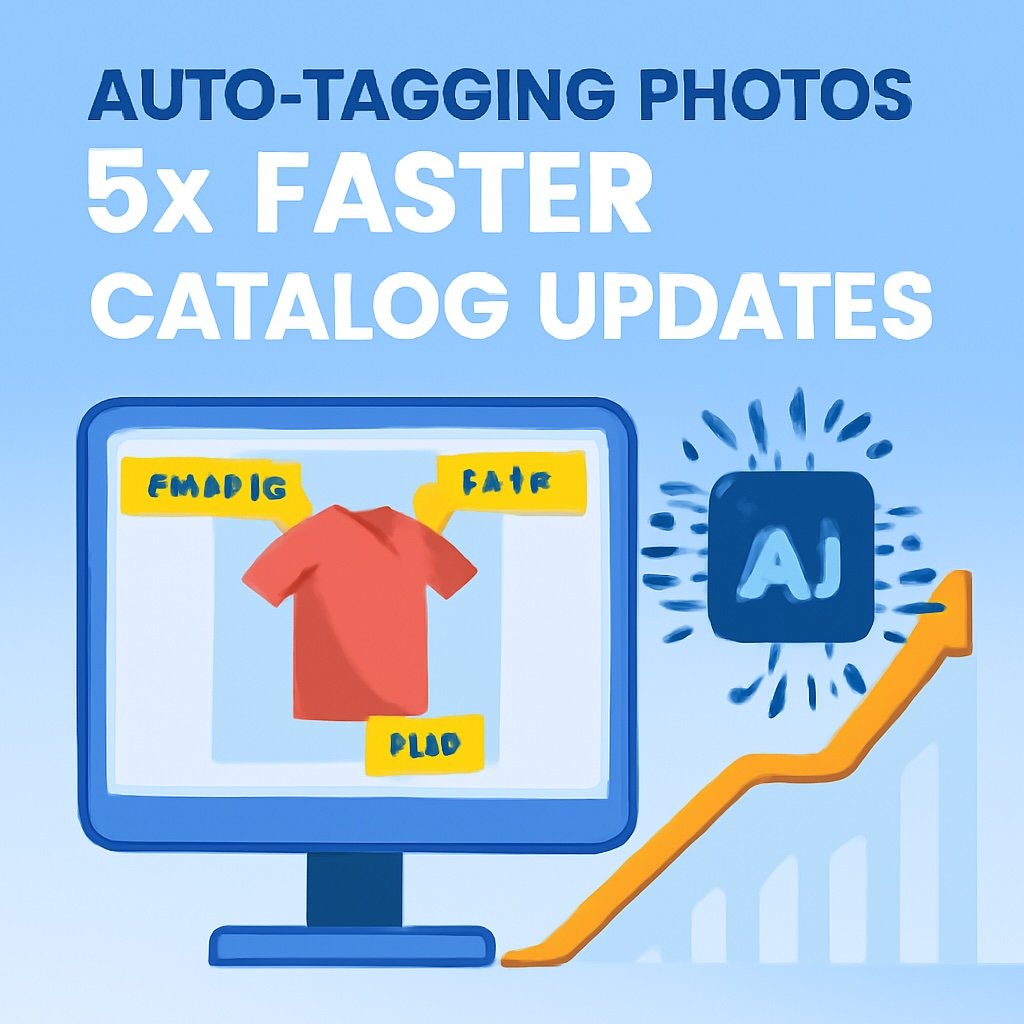
Auto-Tagging Photos: 3× Faster Catalog Updates
In the fast-paced world of e-commerce, keeping product catalogs updated quickly and accurately is key to staying competitive. Manual image tagging can slow down catalog updates, leading to missed SEO opportunities and frustrated customers. AI-powered auto-tagging offers a game-changing solution by automating the process, making catalog updates up to 3x faster. This not only boosts SEO rankings and improves customer experience but also reduces operational costs. As AI continues to evolve, it brings even more benefits, such as advanced recognition capabilities and seamless integration across multiple sales channels. In this post, we explore how AI-driven auto-tagging can help businesses enhance efficiency, increase visibility, and drive growth in the digital age.

Green Manufacturing Scores via Defect-Free Vision
AI-powered vision inspection is helping manufacturers cut defects, reduce waste, and hit sustainability targets — all without major overhauls. By catching flaws in real time, factories save energy, materials, and money while improving ESG scores. This post explores how cloud-based vision APIs and smart deployment strategies make defect-free, greener production not only possible — but profitable.

Turning Store Traffic Footage into Marketing Insights
In-store cameras are no longer just for counting people — they're becoming powerful tools for understanding shopper behavior. By analyzing how long customers dwell at displays, which products they interact with, and how store layouts influence decisions, retailers can unlock insights once limited to e-commerce. This post explores how modern computer vision turns everyday footage into data-driven marketing decisions that boost engagement and conversion — without compromising customer privacy.

Instant Age Verification for Online Sales
Age verification doesn’t have to slow down your sales. With AI-powered selfie-and-ID matching, online stores can approve age-restricted purchases in seconds—no manual review needed. This means faster checkouts, fewer abandoned carts, and full compliance with global regulations. In this post, we break down how instant age verification works, the technology behind it, and how businesses can integrate it using ready-made APIs or custom solutions.

Streamlining Warehouse Picks with Visual SKU Matching
Wrong item, unhappy customer, costly return — warehouse picking mistakes are more than a nuisance. Visual SKU matching uses real-time camera checks and AI to confirm each item as it’s picked, cutting errors before they happen. In this post, discover how modern fulfillment teams are using computer vision to boost accuracy, speed up operations, and protect customer satisfaction.

Employee Safety Audits Powered by Smart Cameras
Smart cameras are transforming workplace safety by automatically detecting missing hard hats, high-vis vests, and other PPE in real time. Instead of relying on manual checks, AI-powered systems quietly monitor compliance, alerting supervisors only when something’s wrong. This leads to fewer accidents, lower fines, and stronger margins — all while generating data-rich insights that help companies improve safety practices across every shift.

Self-Service Kiosks That Read Documents in Seconds
Say goodbye to long lines and tedious paperwork. Today’s self-service kiosks can read passports, IDs, and forms in seconds — filling in details automatically, reducing errors, and freeing up staff to focus on what really matters: delivering great service. From hotels to airports to HR departments, smart kiosks powered by AI and cloud-based OCR are transforming how businesses handle check-ins, onboarding, and identity verification. In this post, we explore how these systems work, what makes them so effective, and why they're quickly becoming a must-have for modern operations.

Automated Brand Policing Across Social Media Photos
In an era where billions of images are shared daily on platforms like Instagram and TikTok, protecting your brand from counterfeit logos and ad-hijacking has become a serious challenge. Manual monitoring simply can’t keep up. This blog post explores how AI-powered vision APIs are transforming brand protection by automatically detecting logo misuse, spotting fakes in real time, and helping legal teams act faster. Learn how automated pipelines, smart detection models, and scalable cloud tools are reshaping the future of brand safety — saving time, reducing losses, and guarding your brand at machine speed.

Faster Insurance Claims via Smartphone Photo Apps
Modern insurance doesn’t have to mean long waits and piles of paperwork. Thanks to AI-powered photo apps, policyholders can now snap pictures of damage and get instant repair estimates — often in minutes. This blog explores how computer vision technologies like object detection, OCR, and image labeling are reshaping claims processing, cutting costs for insurers, and creating faster, more satisfying experiences for customers. Whether you're a carrier looking to streamline workflows or just curious about the future of digital insurance, this is your guide to smarter, faster claims.

Personalized Retail Ads Triggered by Shelf Photos
Smart shelves are transforming in-store marketing by using cameras and AI to detect product changes and instantly update nearby digital signage. When a shelf runs low or a product gains popularity, the system reacts in real time — showing targeted offers that feel personalized to each shopper. This new approach boosts sales, improves efficiency, and creates a more engaging retail experience — all without adding extra staff. Discover how shelf photos and computer vision are reshaping the future of physical retail.

Cut Refund Costs: Visual Quality Checks Before Dispatch
Missed scratches, wrong colors, and missing parts are among the top reasons customers return online orders. But what if a single photo at the packing station could catch these issues before the box is sealed? In this post, we explore how AI-powered visual checks are helping e-commerce businesses reduce refunds, cut costs, and deliver exactly what customers expect — every time.

Compliance Automation: Vision Alerts to SIEM
Real-time vision alerts are changing the way security and compliance teams respond to threats. Instead of relying only on system logs, organizations are now using computer vision to detect brand misuse, safety violations and restricted items on camera feeds — and sending those alerts directly into SIEM platforms like Splunk or Elastic. This blog post explores how vision-to-SIEM pipelines work, which detection playbooks offer the biggest value and how enriched alerts with thumbnails and context help teams act faster and smarter.

Help Desk with OCR: Ticket Triage on Day-One
Support tickets today often come with screenshots or scanned documents—but most help desks still treat these as passive attachments. By using OCR (Optical Character Recognition) at the moment a ticket is created, support teams can extract serial numbers, error codes, and device details automatically. This blog post explores how “day-one” OCR triage speeds up ticket handling, improves routing accuracy, and reduces agent workload, with practical integration examples for Zendesk and ServiceNow.

E-Commerce Pipelines: Auto-Tagging via Serverless Triggers
Tired of manually tagging product images? Discover how modern e-commerce teams are using serverless triggers to auto-tag photos the moment they’re uploaded. From S3 to search-ready in seconds, this guide shows how to combine Lambda functions with image labeling APIs to boost accuracy, speed up catalog updates and eliminate the need for constant server maintenance.

BI Dashboards: Streaming Vision Metrics to Tableau
Vision metrics no longer need to live in notebooks and backlogs. With streaming pipelines and smart webhooks, computer vision insights — from PPE compliance to shelf-stock gaps — can flow directly into Tableau dashboards in near real time. This post explores how to connect detection APIs to BI tools, design impactful visualizations and scale a cost-effective architecture that turns raw images into actionable business intelligence.
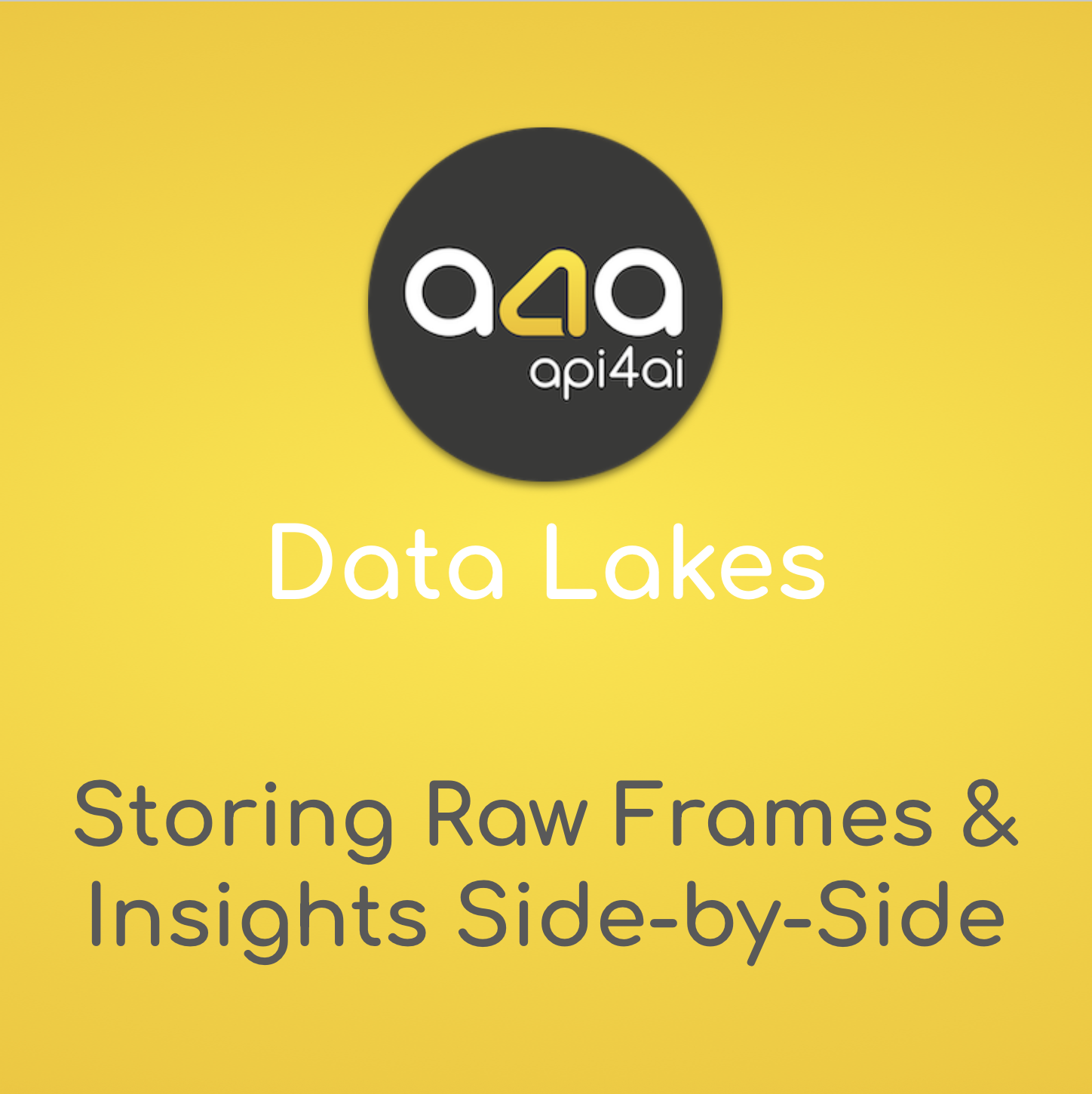
Data Lakes: Storing Raw Frames & Insights Side-by-Side
Storing raw images and their insights in one data platform is no longer a luxury — it’s a competitive edge. Lakehouse architectures now make it possible to ingest JPEGs and JSON outputs from computer vision APIs into the same environment, enabling seamless SQL queries across pixels and business KPIs. From retail analytics to compliance reporting, this blog explores how to structure, govern and optimize a lake-native image strategy — unlocking visual data’s full potential while controlling costs.

Low-Code Portals: Vision APIs on Power Apps
Low-code platforms like Power Apps are redefining how businesses build applications — and with the integration of vision APIs, even citizen developers can now add powerful object detection, OCR and image analysis features in hours. This post explores how to connect external computer vision services, create dynamic visual workflows and implement enterprise-grade guardrails for security and cost control. Discover how to turn everyday photos into real-time insights without writing traditional code.
